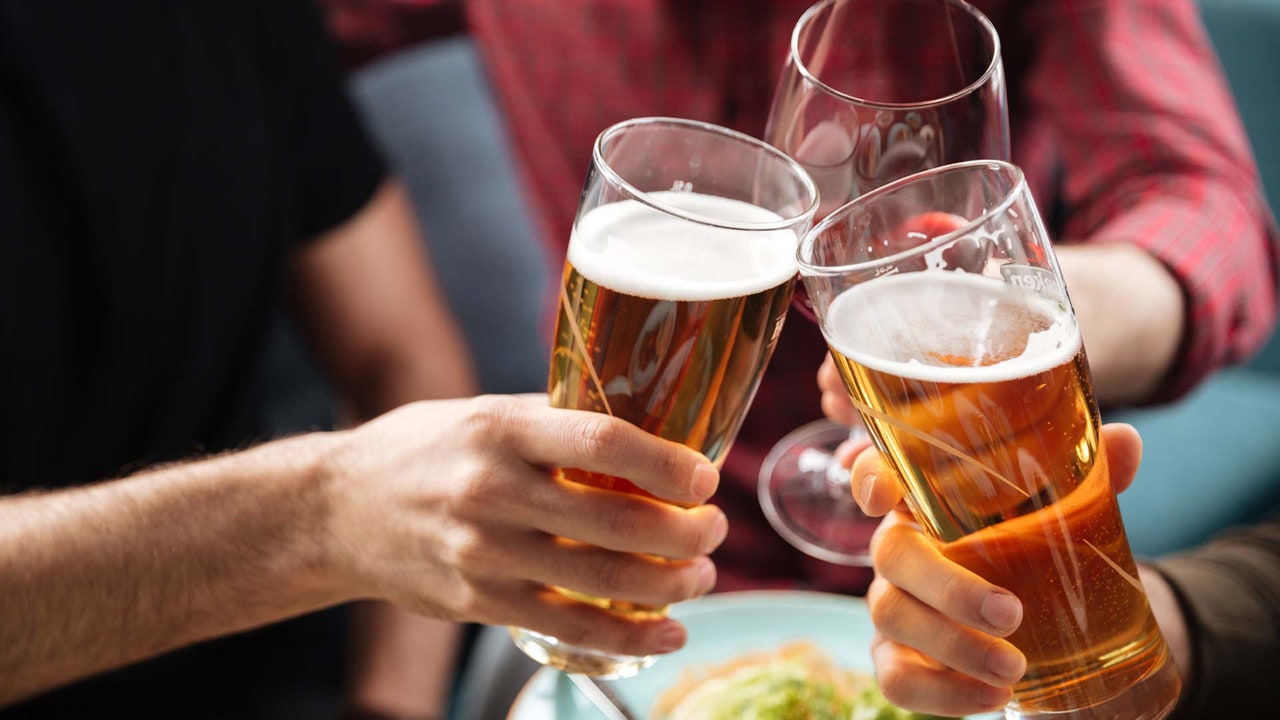International Wines and Spirits Record (IWSR) Bevtrac consumer tracker in its new research revealed a shifting landscape in global alcohol consumption, as overall spending declines across key markets while younger consumers, particularly those from Generation Z, begin to re-engage with the category.
International Wines and Spirits Record’s 2025 survey, covering fifteen major markets worldwide, shows that economic pressures driven by inflation and rising living costs have reduced alcohol expenditure, especially in North America and parts of Asia-Pacific.
Both the United States and China have recorded some of the steepest drops in consumer sentiment and spending, while other markets such as Europe have remained largely stagnant compared to the previous year.
In contrast, India and China continue to report more optimistic consumer outlooks, with India standing out as the only market where sentiment, recalled volume, and spending all remain in positive territory.
Affluent Millennials and Generation Z consumers, who remain financially secure and open to experimentation with new products, largely fuel this growth.
Brazil also shows signs of recovery, particularly in the premium beer segment, where higher-income Millennials are expanding their beverage choices to include vodka, gin, cream liqueurs, and non-alcoholic beer.
Also Read:Why global non-alcoholic beer market is on upward trend
The report highlighted a notable rebound among legal-age Generation Z consumers, who have increased their participation in alcohol consumption from 66 percent in April 2023 to 73 percent by early 2025.
In Australia, this figure surged from 61 percent to 83 percent, while in the United States, participation rose from 46 percent to 70 percent.
The data suggested that Generation Z has renewed their willingness to spend and socialize, with strong interest in spirits and on-premise consumption, contrary to previous assumptions that they were disengaging from alcohol.
They appear to approach moderation more casually than older generations and maintain a diverse repertoire of drink preferences. As older consumers scale back their alcohol intake due to economic concerns, the younger cohort increasingly influences market trends.
One of the most significant developments involves the rising appeal of premium and super-premium beer, which is outperforming wine and spirits in several markets.
Brazil recorded a 14 percent increase in premium beer volumes in the past year, driven by demand from higher- and middle-income earners.
A similar trend is emerging in Europe, where early signs of recovery are visible in France and Spain, suggesting that consumers remain willing to invest in higher-quality beer options even as they pull back on other categories.
While on-trade alcohol spending continues to lag due to economic uncertainty, premium beer proves resilient, offering consumers perceived value at a manageable price point.
Also Read:Global spirits market rebounds as premium brands drive growth
Despite ongoing macroeconomic challenges, the research from the International Wines and Spirits Record points to a dynamic shift in the global alcohol market.
The combination of Generation Z’s renewed interest, regional pockets of growth in some countries, and the steady rise of premium beer consumption continues to reshape industry expectations.
Brands that align product portfolios with evolving consumer behaviors may find new avenues for growth in an otherwise constrained environment.
Watch Also:MARKETING EDGE ONTV






Comment
No comments found.